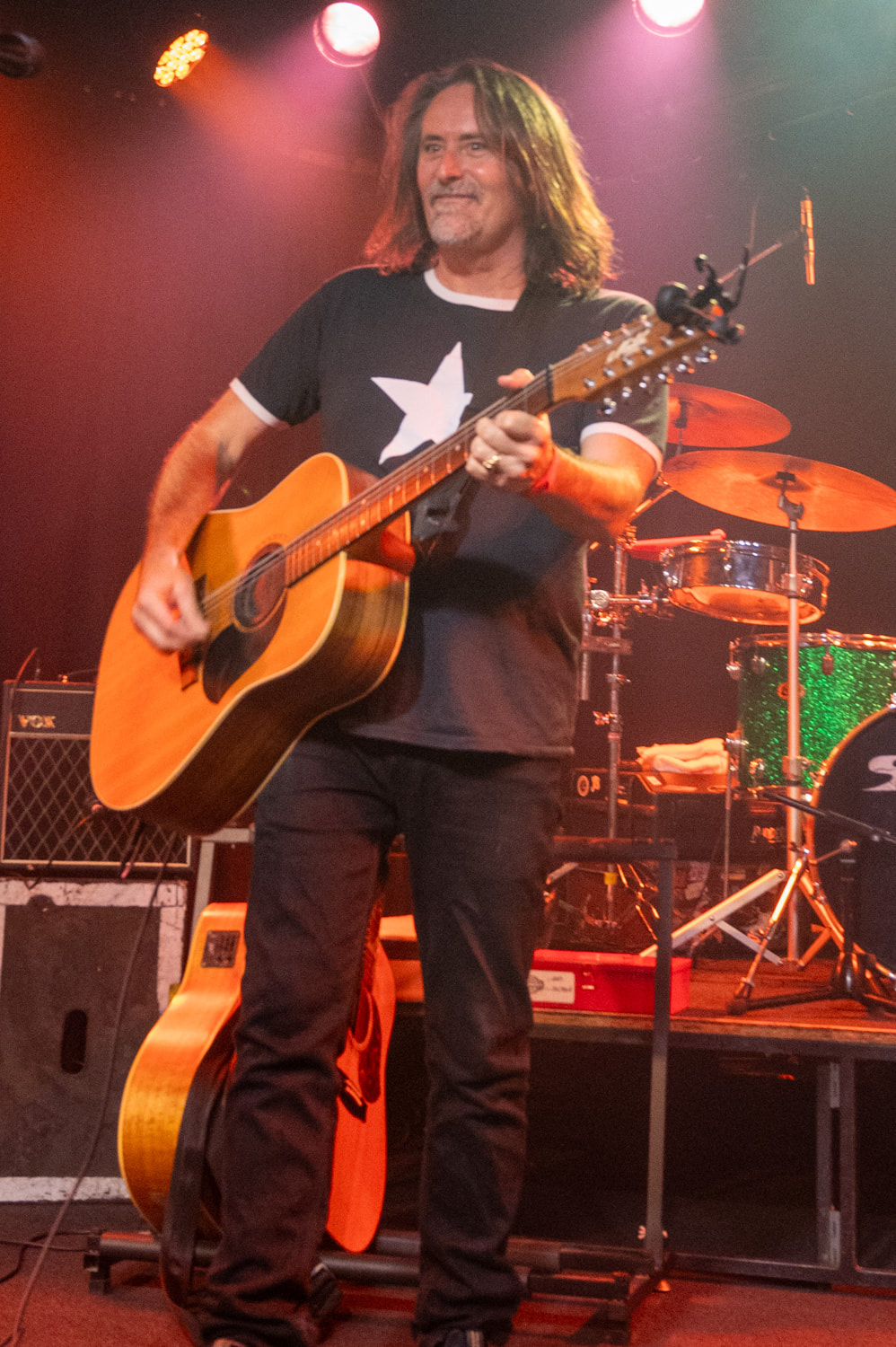 Live music photography plays a vital role at music festivals, both as a medium for storytelling and as a tool for documenting the evolution of the music scene. Over the years, it has grown to become an integral part of festivals, contributing to their culture, promotion, and legacy. Here's an overview of the role it plays: 1. Capturing the Atmosphere: Live music photography helps to encapsulate the essence of a festival—its energy, diversity, and spirit. Photographers capture the moments that make each festival unique, from euphoric crowd reactions to the artistry of the performances, allowing those who attended to relive the experience and those who missed out to feel as if they were there. 2. Creating Iconic Imagery: Some of the most iconic images in music history were taken at festivals. Think of Jimi Hendrix at Woodstock or Kurt Cobain at Reading Festival. These photos transcend time, becoming symbols of an era or movement. Today’s festivals continue to produce similar moments, ensuring that the cultural impact of live music is visually documented for future generations. 3. Driving Promotion and Marketing; Photos from festivals are essential for marketing and promotion. High-quality images are used by organizers, sponsors, and artists to advertise future events, merchandise, or albums. The immediacy of social media has amplified the role of live photography, with images being shared in real time to engage audiences and build excitement. 4. Showcasing Artist and Fan Connections: Live music photography highlights the emotional connection between performers and their audiences. From close-ups of artists pouring their hearts out on stage to wide shots of thousands of fans united in song, these images illustrate the profound impact music has on people. 5. Documenting Festival Growth and Evolution: Festivals have changed dramatically over the decades, evolving in scale, genre diversity, and technological sophistication. Photography serves as a historical record, showing how stages, lighting, and even fashion trends have shifted over the years, as well as how festivals have adapted to social and cultural changes. 6. Fostering Emerging Talent: For many photographers, festivals are a platform to showcase their skills and build portfolios. Emerging photographers gain exposure, while established professionals create work that often becomes part of their legacy. This mutual relationship supports the growth of both the photography and music industries. 7. Preserving Cultural Legacy Music festivals often define cultural moments and movements, and live photography ensures these moments are not forgotten. The documentation of festivals like Glastonbury, Coachella, or Knotfest over the years preserves the story of live music as a cultural phenomenon. Conclusion: Live music photography is more than just an art form—it’s a bridge between the artists, the fans, and the broader cultural context. It celebrates the magic of live performances, amplifies their reach, and cements their place in history. At music festivals, it plays an indispensable role in shaping how these events are remembered and cherished.
0 Comments
Leave a Reply. |
AuthorI am a live music photographer, who loves travelling and taking photos of live music! Archives
March 2025
Categories |


